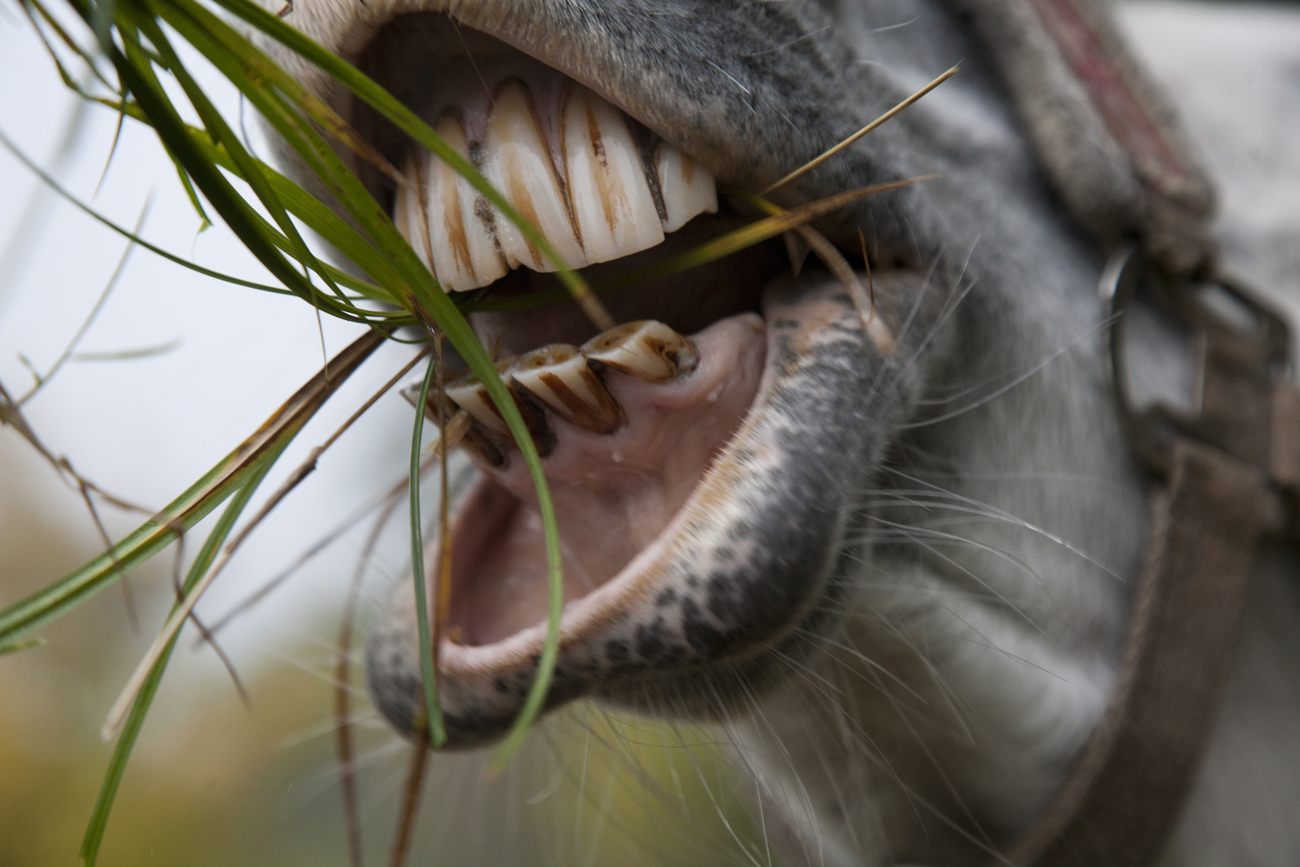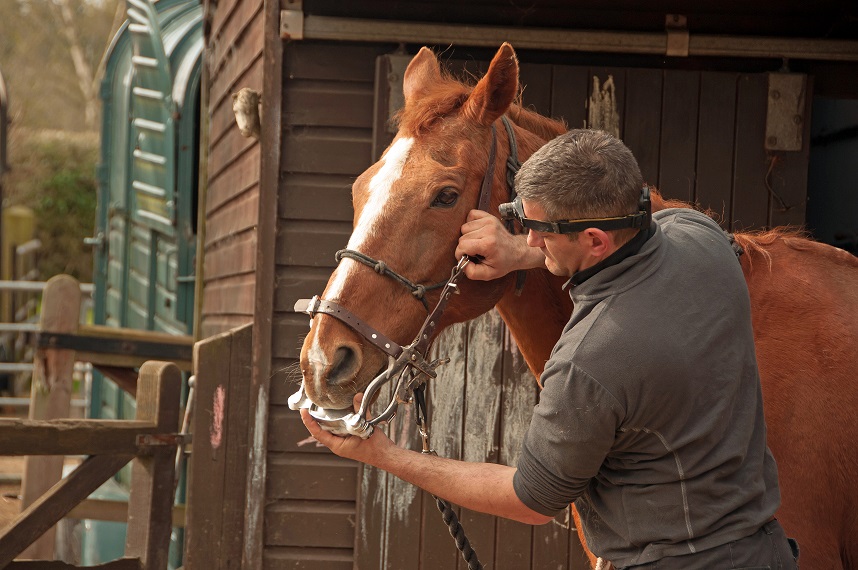The close bond between horse and owner is vital not only when out hacking but also to keep your equine friend healthy.
Having spent many days in each other’s company your horse will have picked up on your changing moods just as you’ll know theirs. However, even the most attentive owner can easily miss the subtle early signs of ill-health.
As a prey species horses are adept at covering up weakness. So when horses eventually show signs of dental problems they may have already been developing for some time.
By having adequate horse insurance in place and acting sooner rather than later, you’ll be able to stop little problems becoming big ones.
Your horse’s teeth – the basics
Just as their human companions, horses need regular dental care to promote healthy teeth and gums. Good dental health leads to efficient chewing and digestion and better acceptance of the bit and bridle when riding.
In general, horses have two types of teeth. Incisors are front teeth designed to cut off pieces of food and should meet in a flat table surface.
Molars and premolars (also known as cheek teeth) are designed to grind down food before swallowing.
The upper and lower cheek teeth should meet at approximately a 10 to 15-degree angle to help create the optimum grinding surface.
There are two other types of teeth some horses may also have. Canine teeth can occur in male horses and some mares and are sometimes known as ‘fighting teeth’.
Wolf teeth are very small teeth located in front of the second premolar. Usually appearing in the upper jaw, a horse may have one to four or even no wolf teeth.
While not all wolf teeth are troublesome, vets routinely remove them to prevent pain or interference with a bit.
Horses’ teeth undergo a lot of punishment and incur a substantial amount of wear over the course of their lives.
Teeth erupt (move out of the jaw bone) throughout a horse’s life to make up for that daily wear. The wear is often uneven so can lead to sharp edges and hooks developing on the molars.
These can prevent normal chewing and also cause problems, cutting into the tongue and cheeks.
To prevent discomfort and possible infection, filing (also called floating) of these should be undertaken by a veterinary professional.
Broken, split or decaying teeth can also require removal. Be sure to check your horse insurance to see what procedures are covered.

Signs of trouble – how will you know?
When looking inside a horse’s mouth the colour can be a good indicator of health.
While the tongue may be stained by plants and dirt, the mouth and lips are generally pink, perhaps with some black pigmentation.
The tissue around the base of the horse’s teeth should be pink – redness or inflammation is a cause for concern.
The teeth themselves should have a cream colouration, again stained by plant pigmentation.
As a matter of routine you should be checking your horse daily for signs of injury or ill health. But the following are worth looking out for as they may well indicate dental issues.
- Choke and colic – dental problems will result in a difficulty chewing effectively. This can result in oesophageal blockage (choke) or colic.
- Poor body weight – if your horse can’t chew properly then this can cause a loss in appetite or reluctance to eat and the inability to take in adequate amounts of feed. Thereby causing weight loss of difficulty in maintaining body condition.
- Unprocessed food – the presence of undigested grains or stems and long fibres in your horse’s stools could indicate that they are unable to chew their food properly.
- Swellings – sores and swellings along the mouth, jawline or cheek need to be investigated.
- Bad breath – decaying food and tissue in your horse’s mouth can lead to bad breath.
- Excess saliva – commonly called slobber mouth, excess salivation may indicate poor teeth alignment, pain or disease. Also watch out for a discharge from the nose or mouth.
- Quidding – deliberately dropping balls of partially chewed food or spilling food from the mouth.
- Head tilts – your horse might appear to be favouring one side of its mouth by angling or tilting its head to move food onto that side. This can indicate that the horse is having difficulty or discomfort in chewing.
- Changes in behaviour – pain can make the horse become more aggressive and more resistant to the bit or bridle.
When should your horse have a dental check-up?
Foals should have a full set of caps (baby teeth) by 6 months and will undergo a dental exam as part of their initial evaluation.
Up to the age of 5 it’s recommended that 6- to 12-month examinations should take place as the caps are lost and the permanent teeth start coming through. Retained caps and misalignments are common problems at this age.
From 5- to 15-years of age, the teeth of adult horses should be routinely checked at least once a year by a professional.
While tooth growth slows down in older horses, they can require more regular check-ups as they become more prone to loose or damaged teeth and decay or infection from impacted food.

Top tips for healthy horse teeth and gums
Apart from ensuring regular dental checks from a vet, you should also:
- Pay close attention to your horse’s eating and general behaviour – pick up on potential problems early.
- Feed from the ground – this helps jaw alignment when chewing so as to reduce abnormal wear to the teeth.
Protect your pal with horse insurance
For all the hours of care and attention you bestow on your equine friend make sure you have appropriate horse insurance.
Equesure’s team specialise in equine insurance and have over 60 years of combined equestrian knowledge to help tailor a bespoke plan suited to your horse’s needs.
Call our horse insurance team now to discuss your requirements and get a quick quote today.





